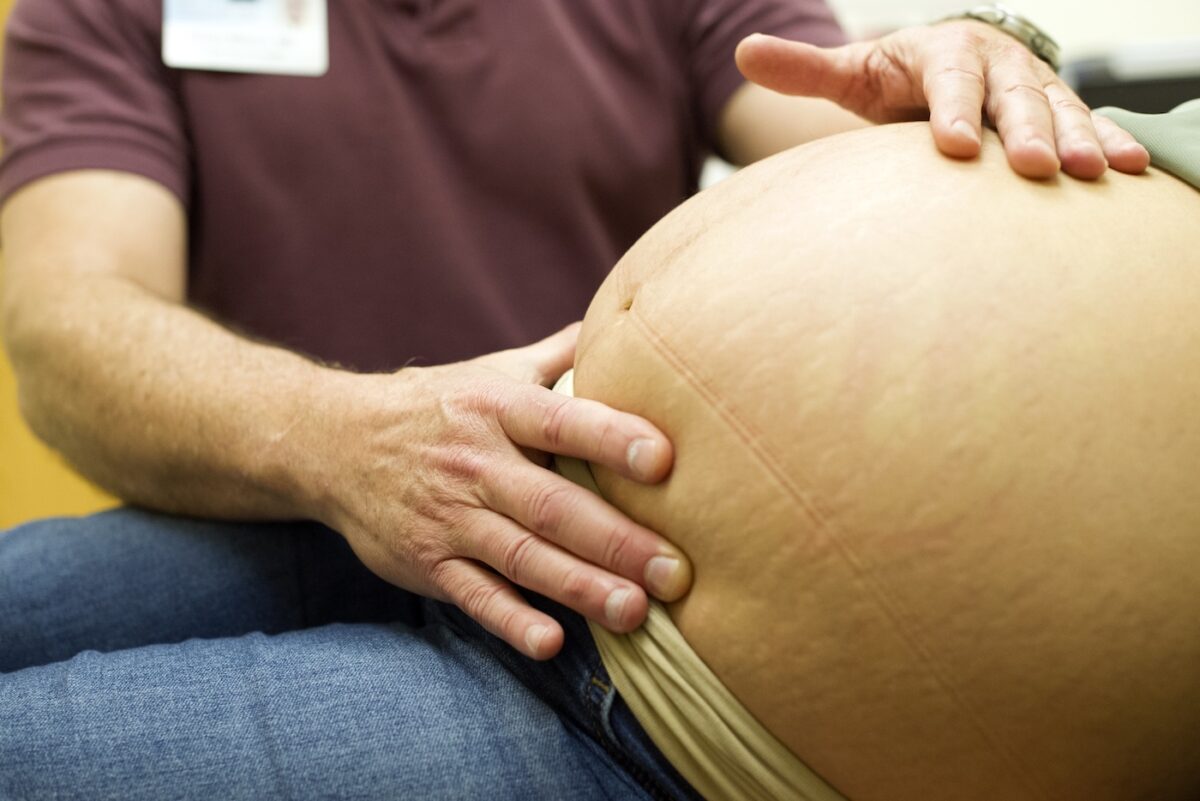


Pregnant women who use cannabis during their first trimester of pregnancy could face poor outcomes with regard to the health of both the fetus and the mother, according to new research.
A Feb. 9 study published in the American Journal of Obstetrics and Gynecology looked into early pregnancy cannabis exposure and potential adverse pregnancy outcomes.
The study, done by researchers from the University of Utah Health, analyzed urine samples from over 10,000 women who were due to give birth for the first time. Over 9,200 of these women were in the first trimester of pregnancy.
Of the women included in the study, 540 tested positive for marijuana metabolites, meaning that they likely used the substance in the first six to 14 weeks of pregnancy. The research found that the use of cannabis during early pregnancy was linked to potential stillbirth and poor fetal growth. Meanwhile, women also faced an increased risk of high blood pressure during pregnancy.
“We wanted to look specifically at cannabis use early in pregnancy because that’s when the placenta is forming, and a lot of information we currently have indicates that cannabis use does affect the placenta,” said the study’s lead author Dr. Torri Metz, a maternal-fetal medicine subspecialist and associate professor of obstetrics and gynecology at the University of Utah Health in Salt Lake City, according to a Feb. 9 press release (pdf).
During pregnancy, the fetus receives nutrients and oxygen via the placenta. As such, any drug or substances in the pregnant woman’s bloodstream can end up getting transferred to the fetus through the placenta.
“With recreational marijuana use becoming legal in more states, we need better data because patients are interested in understanding the risk of cannabis use in pregnancy so they can make an informed decision,” Metz added.
Out of the 540 women who tested positive for cannabis, 491—or over 91 percent—were single and had never married, and 41 were married. There were 215 black women, 77 Hispanic women, 192 white women, and 3 Asian women.
A 2022 study of 1.3 million Canadian births between 2012 and 2019 also found links between cannabis and negative pregnancy outcomes. The study pointed out that the legalization of cannabis has given rise to “an urgent need to understand the effect of cannabis use in pregnancy.”
The analysis found that infants of mothers who used marijuana during pregnancy were more likely to suffer from low birth weight, preterm birth, and “major congenital anomalies.” Female infants were found to be more susceptible to such risks.
“Additional measures are needed to inform the public and providers of the inherent risks of cannabis exposure in pregnancy,” the study concluded.
According to Dr. Ken Finn, president of the American Board of Pain Medicine and a vice president of the International Academy on the Science and Impact of Cannabis, the use of high-potency cannabis is linked to poisoning in children.
“The [National Institutes of Health] came out with a paper [recently] showing that kids that are exposed [to cannabis] in utero tend to have psychotic-like episodes by the time they’re 10 years of age,” he said in an interview with NTD last year.
With several American states liberalizing cannabis sales, there are concerns that usage of the substance might spike among children and teens.
In 2021, New York legalized recreational marijuana. Though it forbade marketing and advertising the product in a way that is designed to “appeal to children or other minors,” many experts said that legalization itself would bring harm to young people.
“Legalizing marijuana guarantees young people will have greater access to a drug they shouldn’t be anywhere near,” New York Assembly Republican Leader Will Barclay said in a statement at the time.
“The minute this becomes readily available, the safety risks in our communities and on our roadways will increase exponentially.”
